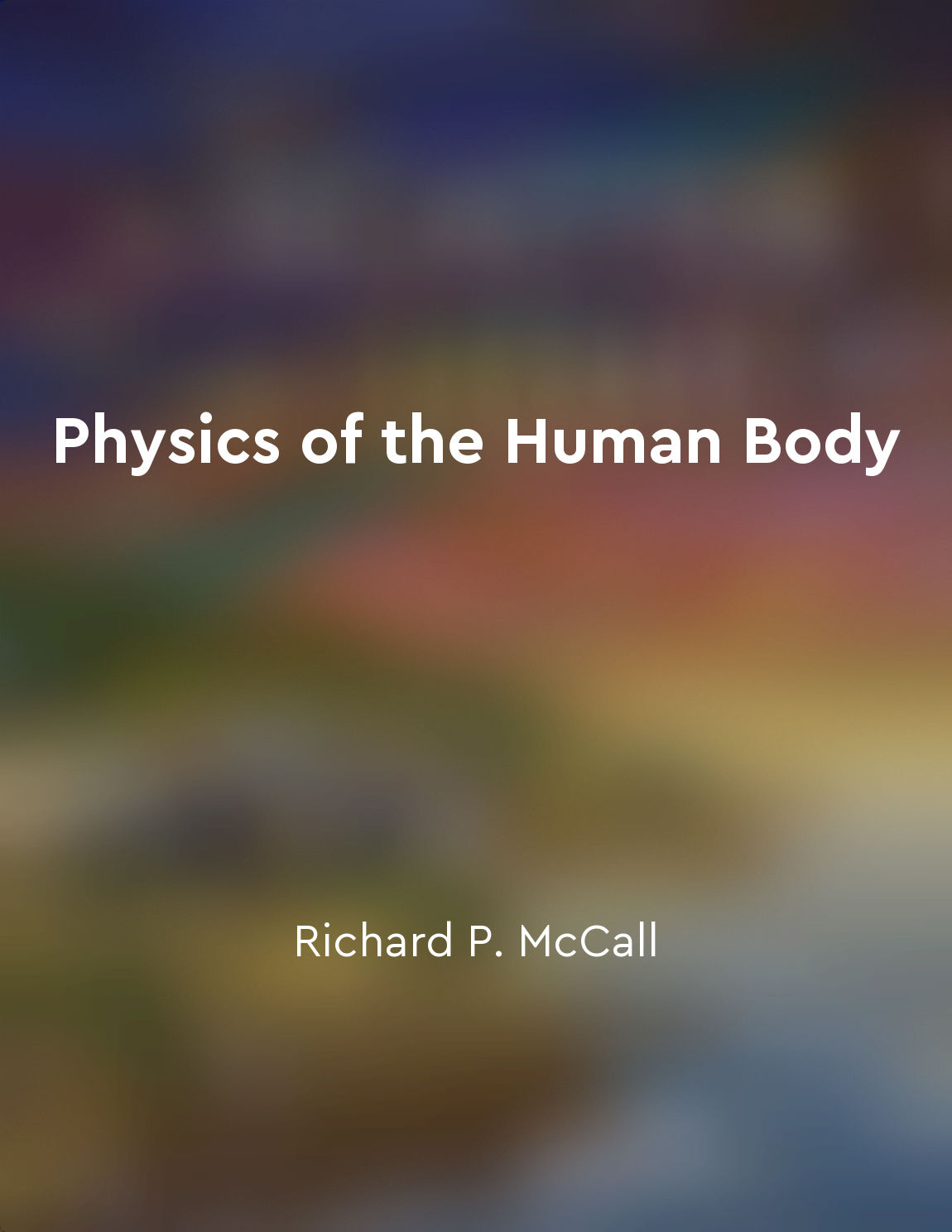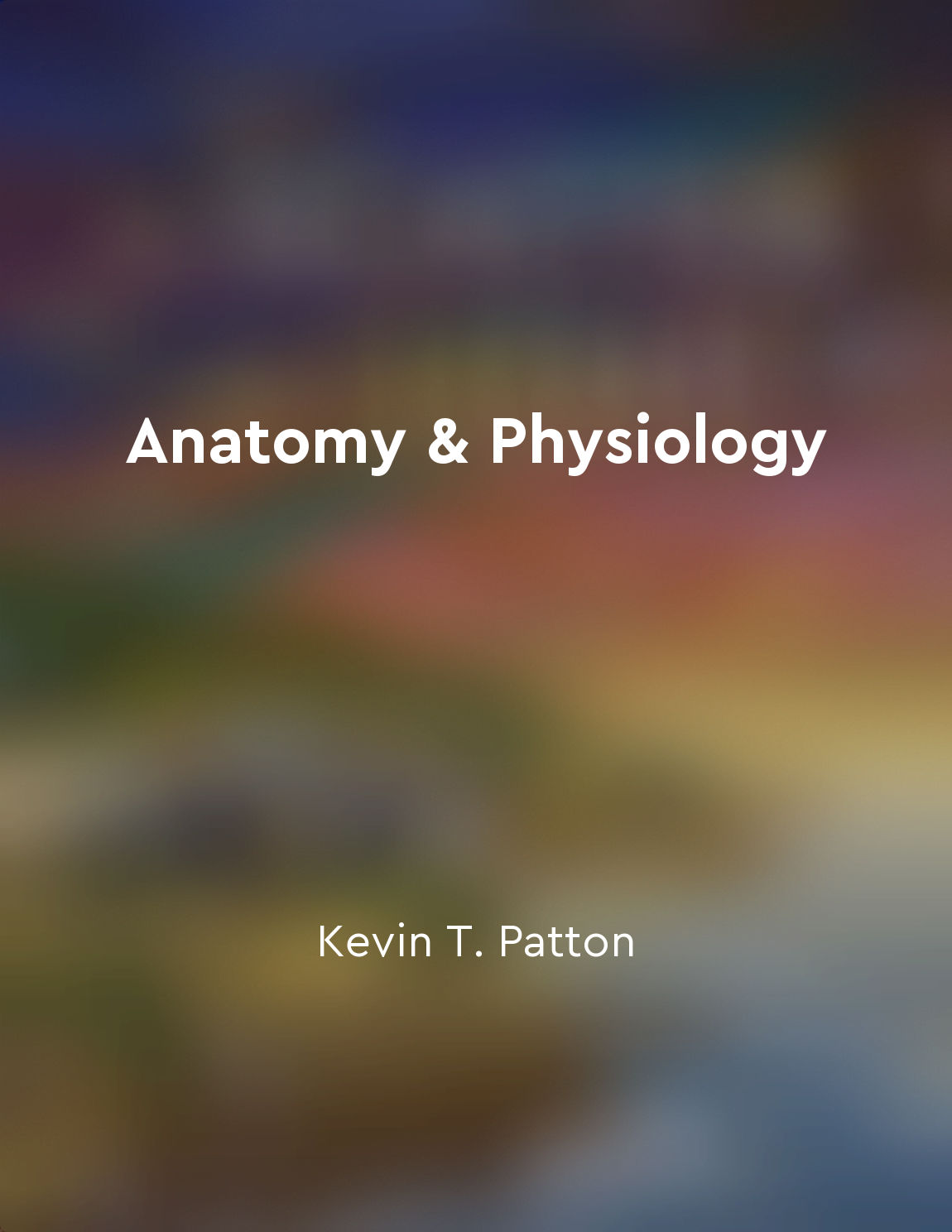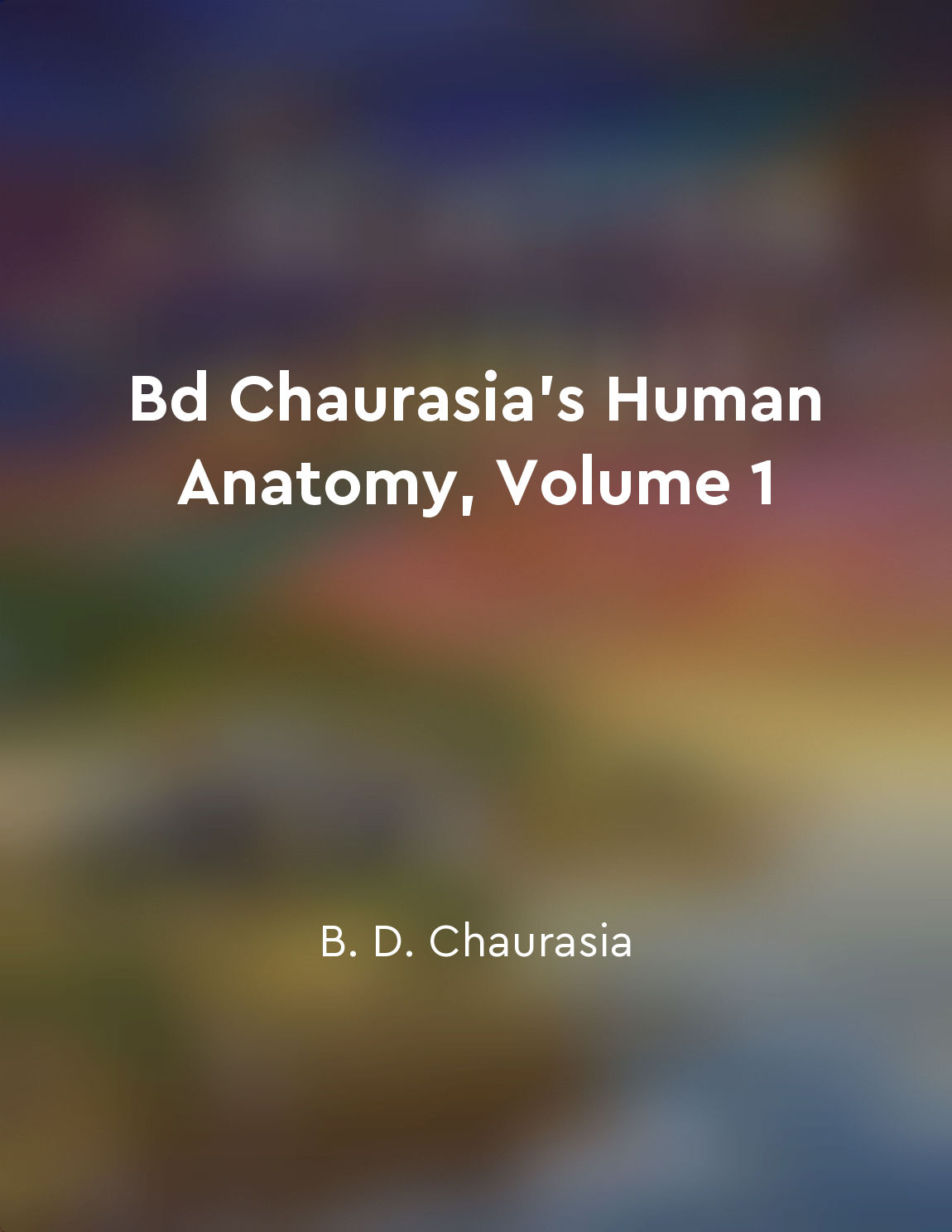Elasticity in tissues affects movement and function from "summary" of Physics of the Human Body by Richard P. McCall
The elasticity of tissues within the human body plays a crucial role in determining how well we are able to move and function. When we think of elasticity, we often think of materials that can stretch and return to their original shape, like a rubber band or a spring. In the human body, tissues such as muscles, tendons, and ligaments also possess elasticity, allowing them to stretch and recoil as needed. This elasticity is what enables us to move our joints through a range of motion. When a muscle contracts, it generates force that is transmitted through the tendons to the bones, causing movement. The elasticity of these tissues allows them to stretch and store energy during movement, which can then be released to power the next movement. For example, when we jump, our muscles and tendons stretch as we bend our knees, storing energy that is released when we push off the ground. In addition to facilitating movement, the elasticity of tissues also plays a role in maintaining posture and balance. For example, the ligaments in our spine provide support and stability, while still allowing for some flexibility to bend and twist. Without this elasticity, we would be stiff and rigid, unable to move fluidly or maintain our balance. However, it is important to note that too much or too little elasticity can have negative consequences. For example, tissues that are too stiff can restrict movement and lead to pain or injury. On the other hand, tissues that are too elastic may not provide enough support, leading to instability or weakness.- The elasticity of tissues in the human body is a key factor in determining how well we are able to move and function. By understanding the role of elasticity in tissues, we can better appreciate the complex interactions that allow us to perform everyday tasks with ease and efficiency.
Similar Posts
Embrace the mindbody connection for vitality
The mind and body are not separate entities; they are deeply interconnected, influencing each other in countless ways. Our thou...

Paleontology studies ancient life forms through fossils
Paleontology is a field of science that delves into the study of ancient life forms through fossils. Fossils are the preserved ...
Promoting sportsmanship and fair play in all activities
The principle of sportsmanship and fair play is fundamental in the realm of sports and physical activities. It encompasses the ...

Vision relies on the anatomy of the eye
The process of vision is intricately tied to the anatomy of the eye. The eye is a complex organ that allows light to enter and ...

Ovaries produce eggs and release hormones in females
The ovaries are the primary female reproductive organs. These almond-shaped structures are located in the pelvic cavity, one on...

Skin covers and protects the lower limb
The skin, an essential organ of the body, plays a crucial role in covering and protecting the lower limb. It serves as the oute...

Muscles of thorax
The muscles of the thorax are classified into two groups: muscles of the thoracic wall and muscles of the respiratory diaphragm...

Sciatic nerve innervates muscles of the posterior thigh
The sciatic nerve, the largest nerve in the human body, emerges from the sacral plexus and travels down the posterior thigh. It...
Pay heed to bodily discomfort
When our body is trying to communicate with us through discomfort, it is important that we listen. Bodily discomfort is not som...

Stress concentrations can lead to failure in materials
Stress concentrations can arise in materials due to various factors, such as abrupt changes in geometry, cracks, notches, or ch...

